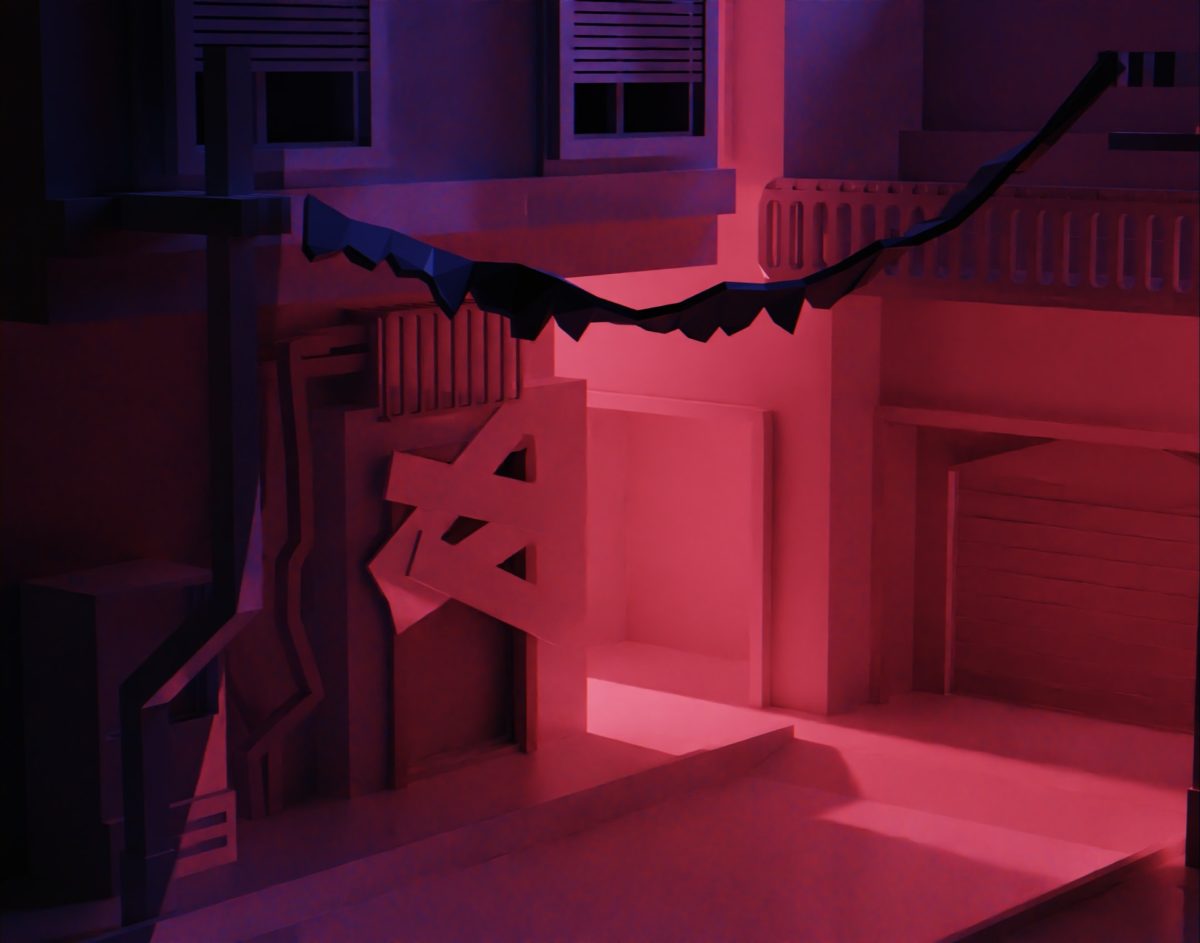Good UX design always seeks to eliminate problems, making an experience better for a product’s or service’s users. Many companies say UX when they really mean influence users to take an action or make it difficult to cancel a service without incurring fees, but I digress.
Every day since mid-March of 2020, we’ve all been reminded of just how not normal things have gotten. Even the previously unremarkable experiences of getting a beer with friends highlighted the incredible difference of the world when compared with 2019.
For much of the last (well, let’s see, it’s October 2021, so March of 2020 was, wow, seven years ago), so anyway, for much of the last seven years, the real world has been a problem to solve. We did so by meeting with friends and coworkers online, with texts, video chats, and video games.
These tools are not new, nor are these uses. In 2019, Owen Williams wrote the video game Fortnite isn’t a game; it’s a place. I’m not a gamer, but Williams’s case is compelling.
Instead of the traditional team buildings, companies switched to virtual team building with online games. The virtual escape room concept was one of my favorite creative reworks of existing technology, an example of design to solve a real problem, going outside.
Seeing people devolve and use these adapted tools within companies is honestly exciting to me for a few reasons:
- The tools are not new.
- The experiences are relatively accessible.
- No one confuses these with a replacement for real life.
The tools are not new
Whenever a founder wants to build new tech from scratch, I push back because in 90% of cases, existing tools can outperform any technology built in a reasonable timeframe. I have friends who may have landed a founder in therapy due to these types of discussions.
Rather than creating from scratch, adapting existing conferencing tools, and using them creatively is efficient. Yes, a lot of things are developed, 3d environments, video game controls, and much more. But if you don’t understand the difference between building a video game for a Playstation and building a game console with new hardware and underlying firmware, I’m not sure we can speak civilly.
The experiences are relatively accessible.
Accessibility is a big thing to me as a designer, and it’s important to those who cannot access something due to a disability or other limitation. Give a listen to this 99PI podcast about curb cuts for more context.
I understand that not everyone can see, hear or access the internet. But within a company that is likely to engage in this type of team building, I’m willing to bet that home internet access is universal for the employees involved.
The physical disabilities are somewhat addressed by functions like live closed captions built into Zoom. These types of accessibility functions are the things most likely to be left out of fully custom software tools.
No one confuses these with a replacement for real life.
The least important of my points, we are not in a “new normal”; we are in a painful period of time that shall pass. Some things, like remote work, and perhaps broad access to telehealth, may stay. But we are temporarily solving a problem.
These are not tools that seek to replace; but they will perhaps help is get past this moment in time. The real world will come back, and we can get beers with friends and colleagues again.
Photo by Vadim Bogulov on Unsplash
